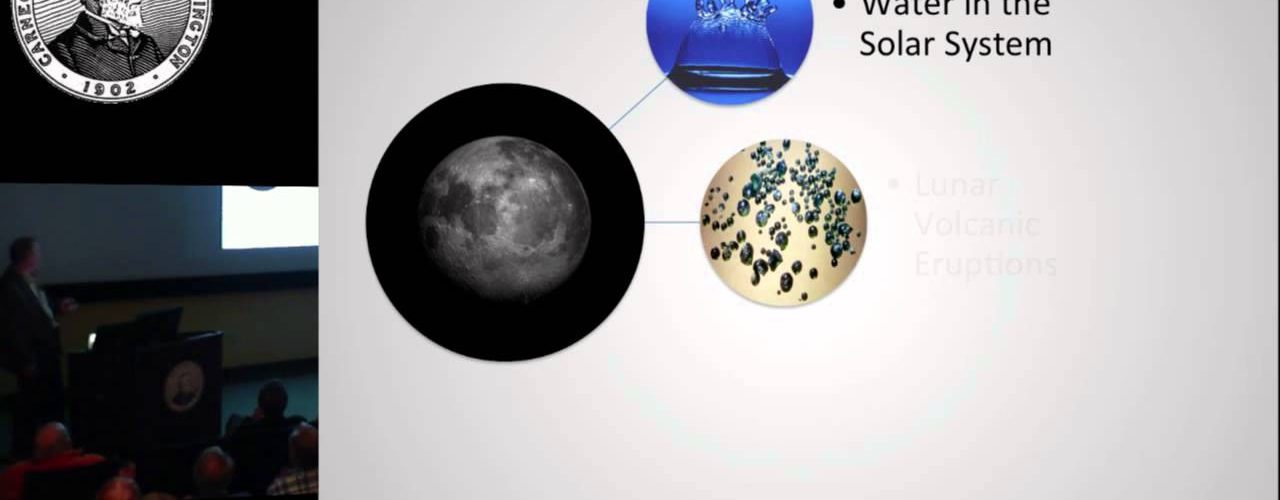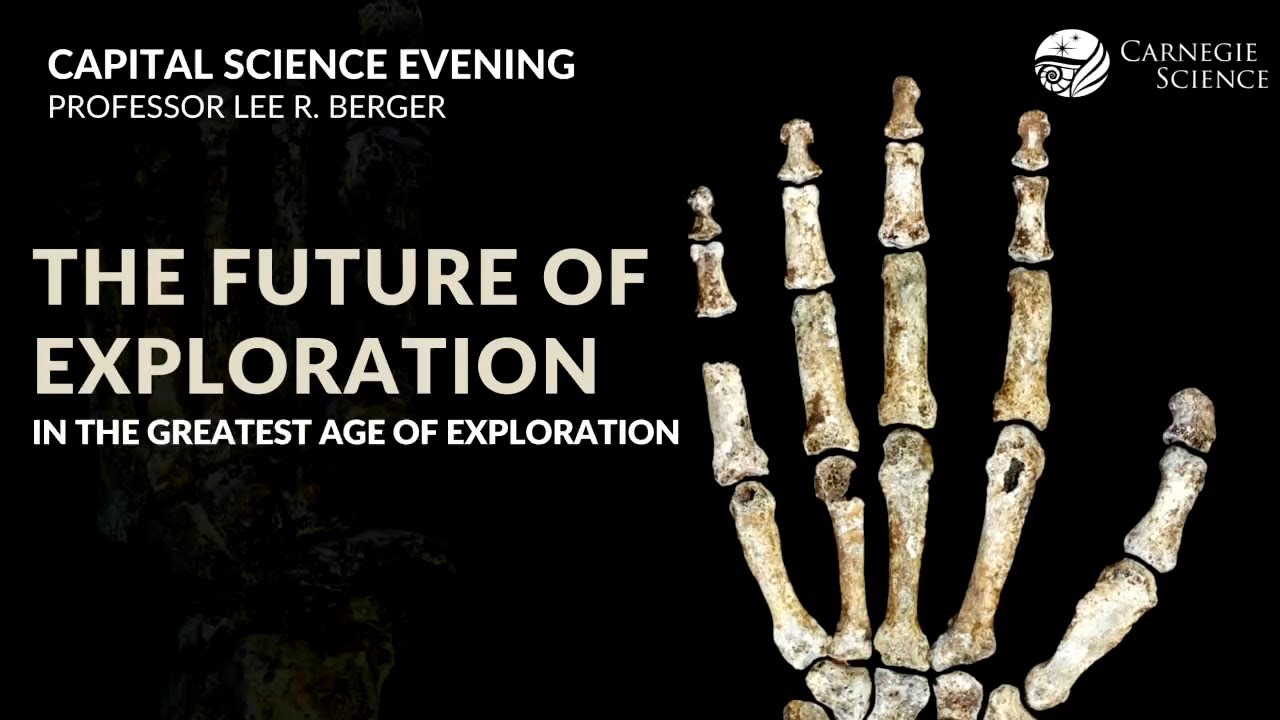Erik Hauri, staff scientist at DTM, gave a talk titled “Water in the Moon’s Interior: Truth and Consequences” on Thursday, 5 November 2015, in the Greenewalt Lecture Hall as part of Carnegie’s Neighborhood Lecture Series.
The Moon has been an object of mystery, curiosity, wonder, observation, fascination and speculation since the dawn of mankind. It has inspired fear and worship, medieval and renaissance art, the modern calendar, hundreds of pieces of music, a race to space that consumed nearly 5% of the US budget at its height, conspiracy theories, a rock album that spent more than 14 years on the Billboard Top 100 charts, one good movie (2001: A Space Odyssey) and several bad ones.
Scientifically, the Moon is no less interesting. The Apollo program returned a literal treasure trove of samples totaling nearly 840 pounds. We have learned that the Moon formed from the debris ejected from an ancient giant impact of a planetary embryo with the Earth, and that it was covered in an ocean of magma that froze and produced “rockbergs” that make up the light-colored lunar highlands that we see today.
The Moon is too small to retain an atmosphere, and so any water that may have once been at the Moon’s surface has either remained frozen in polar craters or has evaporated into space. Yet new studies at Carnegie on lunar volcanic rocks, erupted more than three billion years ago, have determined that the Moon’s interior may have nearly as much water as the Earth’s interior. This represents a surprising discovery – another mystery – about an object that was once molten in the vacuum of space.





